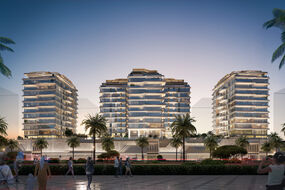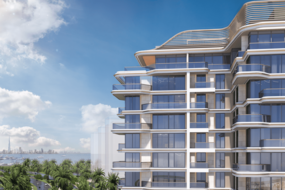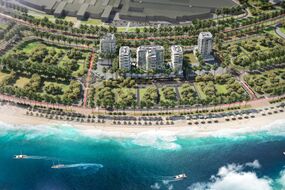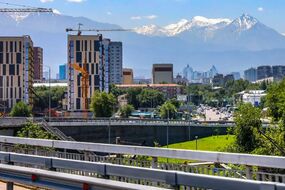Almaty Authorities Embrace Polycentric Development Strategy
2025-03-18 Insights > Almaty Authorities Embrace Polycentric Development Strategy
The city of Almaty is currently prioritizing a polycentric development strategy—creating multiple self-sufficient urban centers rather than relying on a single, overburdened city center, reports DKnews.kz.

This approach is more than a trendy concept in urban planning; it is a measured response to the city's growing challenges. The initiative aims to provide comfort and opportunity for all residents, regardless of where they live.
By distributing urban functions across various parts of the city, the strategy will help reduce congestion in Almaty's historic and business districts. At the same time, it will bring much-needed social infrastructure, such as new public spaces and large parks, to outlying areas. The plan also envisions job creation through the development of office and commercial spaces, as well as new hotels.

Kuralai Esmukhanova, lead architect at INK Architects and a certified member of the Royal Institute of British Architects (RIBA) and an international associate of the American Institute of Architects (AIA), elaborated on the approach:
“It's important to understand that this is a continuous, evolving process. A master plan is not a fixed blueprint but a flexible strategy that improves and adapts over time. Recent efforts by the city’s new administration have given fresh momentum to this work. There’s now a stronger focus on polycentricity—with a clear goal to expand office and commercial spaces in emerging centers, not only to support local employment but also to offer jobs to residents from neighboring districts. New hotels are also being planned to attract business activity and turn these districts into vibrant destinations for both locals and visitors."
“We’ve inherited walkable access to schools, kindergartens, and clinics within residential districts, as well as wide avenues that now allow the integration of modern transport solutions like BRT and LRT. The challenge is to take the best from the past and adapt the city’s structure to today’s realities.”
Kuralai Esmukhanova

What Will the New “Eastern” and “Western Gates” Offer Residents?
Globally, the polycentric development model has proven to be an effective path toward sustainable urban growth. Projects like the transformation of London’s Docklands into Canary Wharf, or the creation of La Défense business district in Paris, revitalized entire sections of those metropolitan areas and provided strong alternatives to their historic centers.
This same strategy is now being actively applied in Kazakhstan.
“At INK Architects, in collaboration with developers, city authorities, and the private sector, we are working on two major urban centers—the 'Eastern Gate' and the 'Western Gate'. Our task is not just to construct buildings but to design a complete, functional urban environment with well-developed concepts."
Esmukhanova emphasized
Instead of monotonous high-density development, the firm is designing appropriately sized city blocks with varied street layouts—from quiet residential streets to bustling boulevards with dedicated lanes. This street "porosity" offers multiple mobility scenarios, encouraging walking, cycling, public transport use, and driving—naturally easing traffic congestion.

In addition, Esmukhanova stressed that the new polycenters will include full-scale social infrastructure—such as new schools and kindergartens—to prevent overloading existing facilities.
Job creation in these districts is being planned with a surplus, ensuring employment opportunities not just for local residents, but also for those from nearby neighborhoods.
Public spaces will also play a central role in both polycenters. Each will feature large park areas, comparable in quality and scope to the best central parks in the city.
“We’re integrating comprehensive recreational infrastructure, including modern playgrounds for different age groups, skate parks, workout zones, and sports facilities,”
Said Esmukhanova.
Moreover, the active ground floors of buildings in the planned centers will contribute to a safe and dynamic streetscape. Commercial spaces will be strategically placed in high-footfall areas, ensuring a balance between walkable services and residential privacy.
“Our goal is to create self-sufficient districts that minimize excessive commuting and provide a high quality of life locally. This is our contribution to a more balanced and harmonious urban development—one that makes well-designed, aesthetic public environments accessible not just in the city center, but throughout Almaty. Ultimately, it’s not about choosing between the center and the periphery, but about choosing sustainable, balanced growth. Polycentricity is an investment in the city’s future—a city where every resident can enjoy comfort and opportunity, regardless of where they live,”
Esmukhanova concluded.
Source: https://exclusive.kz/almatizmy-kak-sohranit-unikalnoe-arhitekturnoe-nasledie-goroda/



